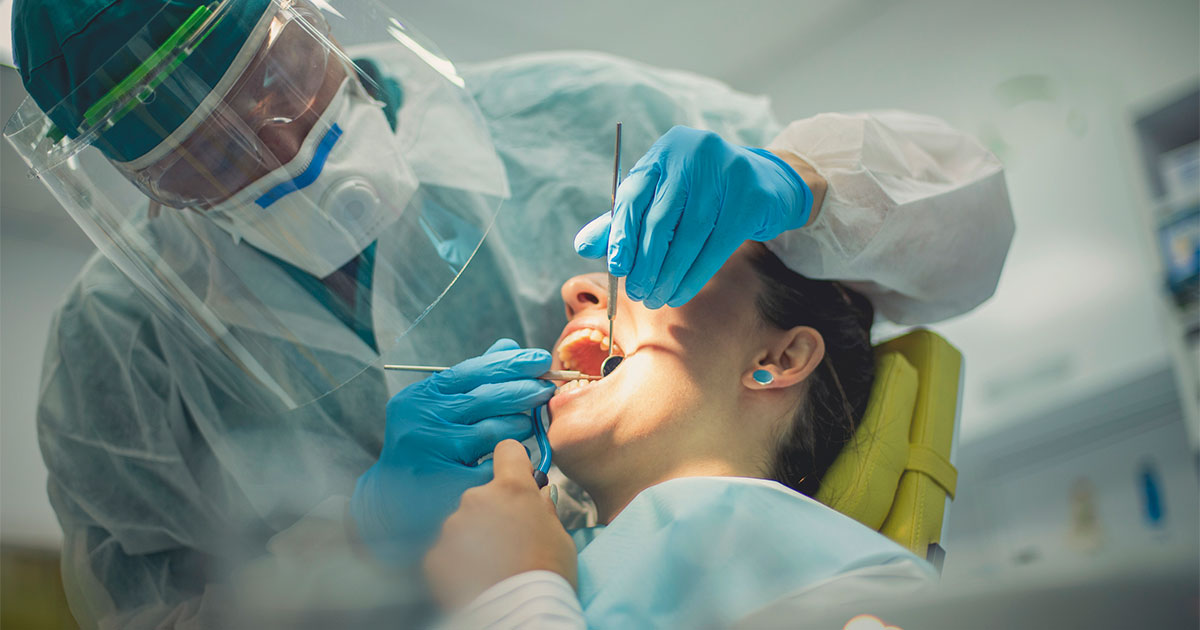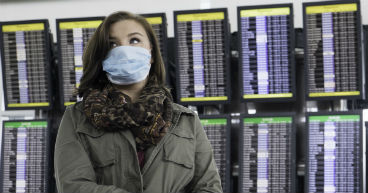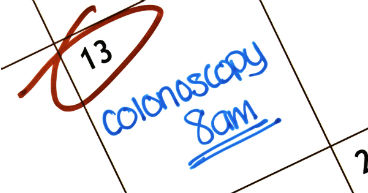
In early 2020, Americans were told to stay home to help prevent the spread of COVID-19. We were also told to stay out of hospitals to enable health care providers to treat patients who were at greatest risk of dying due to this highly infectious disease. As a result, millions of Americans put off cancer screenings, follow-up visits and even treatments.
Now experts fear that missed screenings, such as mammograms and colonoscopies, may mean cancer diagnoses have been missed or delayed, according to the Wall Street Journal. Approximately 10,000 patients could die due to breast and colon cancer alone over the next decade as a result of those missed screenings, the Journal reported.
To help increase your chances of detecting cancer early, seek guidance from your health care providers and follow these five steps:
Show up for your annual physical
Your annual check-up is a valuable opportunity to discuss with your primary care provider any physical or emotional challenges you’re experiencing. It also may play a pivotal role in helping to catch cancer early.
Topics for discussion may include physical ailments, such as headaches and fatigue, or mental health issues, such as stress and depression.
For some cancer patients, regular physicals and check-ups are critical to:
- Determining how much, if any, evidence of disease remains
- Checking on the progress of indolent or slow-growing cancers, such as some forms of prostate cancer or lymphoma
- Checking for symptoms of a cancer recurrence or current cancer
- Discussing side effects associated with cancer treatment, some of which may emerge months after treatments are over
Learn more about the benefits of an annual physical.
See your dentist
Even when taking care of their physical health, too many people forget their oral health. This neglect may pose specific challenges for cancer patients undergoing treatment.
For example, some cancer treatments may lower your white blood cell count, which may leave you more vulnerable to infection. If you’re about to start chemotherapy, tell your dentist so he or she can check for signs of a gum infection, cavities that require fillings, ill-fitting dentures or mouth sores.
In addition, radiation therapy for head or neck cancer may impact your dental health since it may reduce calcium in your tooth enamel. Cavities or dry mouth may result from salivary gland damage.
Your dentist may also provide quick tips on keeping your mouth healthy during cancer treatment. For example, your dentist may recommend brushing with an extra-soft toothbrush after every meal and at bedtime, avoiding sugary candy, gum and soda and staying well hydrated during treatment.
Learn more about why cancer patients should see their dentist.
Show up for your colonoscopy
Even with the availability of stool tests designed to detect DNA abnormalities, colonoscopies are still the gold standard for colorectal cancer detection. These procedures give doctors a relatively quick and comprehensive look inside the large intestine, allowing them to spot abnormalities and remove growths that may develop into cancer.
During the pandemic, thousands of colonoscopies were postponed or canceled. Doctors recommend men and women reschedule delayed colonoscopies and make appointments for a procedure if they’re due or overdue. The U.S. Preventative Services Taskforce and the American Cancer Society recommend people begin colorectal cancer screenings at age 45.
Prior to the pandemic, more than 40,000 Americans got a colonoscopy every day. But these procedures are hardly routine. So, it helps to be prepared.
For starters, block out at least four hours for pre-op, the colonoscopy procedure and recovery. The pre-op time includes completing paperwork, getting undressed and having an IV inserted. The procedure typically takes about 45 minutes (unless an endoscopy is required), while recovery lasts about 30 minutes. Ask a family member or a friend for a ride to and from the appointment, and keep in mind that sedation is required, so take the night off from any significant responsibilities and don’t drive a car for at least 10 hours after the procedure.
Get answers to common questions about colonoscopies.
Women should get an annual gynecologic exam
Watch out for symptoms of gynecologic cancer, especially since early diagnosis and treatment may result in a better outcome.
Seven common symptoms of gynecologic cancer include:
- Abnormal vaginal bleeding or discharge
- Pelvic pain or pressure
- Abdominal or back pain
- Bloating
- Changes in bathroom habits, including increased urination, constipation or diarrhea
- Itching or burning in the vulva
- Changes in vulva color or skin, such as rash, sores, warts or ulcers
Women often rely on a gynecologist to receive a Pap test to detect precancerous cells, screening for infections and conversations about birth control. If they’re diagnosed with a gynecological cancer, women should see a gynecologist oncologist, a doctor trained to diagnose and treat female reproductive cancers, such as cervical, ovarian, uterine, vaginal and vulvar cancers. A 2016 study published in Frontiers in Oncology found that women with gynecologic cancers who received treatment from a gynecologic oncologist achieved better outcomes than women who didn’t.
Learn more about gynecologic oncology.
Men should self-screen for testicular cancer
Testicular cancer is the most common cancer detected in men under 45. Despite that, men in this age group—in addition to older men—aren’t self-screening for what may be one of the easiest cancers to detect early.
Accounting for approximately .05 percent of all new cancer diagnoses in men, testicular cancer often has positive outcomes when treated with surgery, chemotherapy or, sometimes, radiation therapy. For some perspective, approximately 400 men die each year due to testicular cancer—one-tenth the number of breast cancer deaths and significantly fewer than deaths due to lung cancer (150,000) and colorectal cancer (50,000).
Still, some types of testicular cancer may spread quickly and metastasize if not detected early. So, men should check themselves regularly to feel for changes in their testes over time.
Common signs of testicular cancer include:
- Hard lumps or nodules on either testicle
- A change in how the testicle looks or feels
- Swelling in the scrotum
- A dull ache in the abdomen or scrotum
- A feeling of heaviness in the scrotum
- Enlarged or swollen breasts
Learn more about self-exams for testicular cancer.
The coronavirus pandemic has transformed our work and personal lives over the last year. But best practices in cancer screening and detection haven’t changed during that time. The earlier a cancer is diagnosed, the earlier a patient may be able to receive treatment, which may result in better outcomes.
Learn more about the differences in screening and diagnostics.


